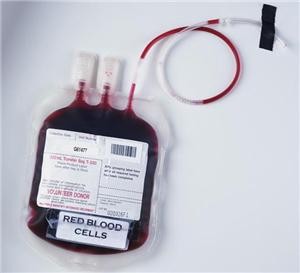Should new blood conservation practices impact ECMO management? Over the last few years we have seen multiple benefits from blood conservation measures across the OR and ICU environments. But should we employ these measures to ECMO management?
For many years, and still today, many ECMO order sets will direct caregivers to treat a HCT of < 40 or even 45 with PRBC’s. Some ECMO programs have lowered the treatment threshold to a HCT of 35. But how many of you would consider lowering that threshold to 30? 25? How about 21?
Ok, we all have sat through the lectures on ECMO Physiology and understand that one of our primary goals with ECMO is to deliver oxygen to the tissue and organs. And one of the key aspects of oxygen delivery is Hgb, right. So it makes perfect sense to pump the Hgb levels up to give us more “boxcars” to carry the oxygen more efficiently. And we have all seen that to be effective for many years. But what if adding those boxcars is actually contributing to the problems we have with coagulopathy, pulmonary edema, fluid shifts, ARDS, infection, compliment reaction? What if the additional transfusions are actually extending the time a patient needs to be on ECMO, or mechanically ventilated, or even decreasing their chance of survival?
This article in the Korean Journal of Critical Care Medicine provides a nice discussion of the potential for how blood conservation practices impact ECMO.
Is there a role for blood conservation practices in the management of ECMO patients? I would encourage each ECMO program to re-evaluate their standard ECMO orders sets and consider how blood conservation management practices impact their ECMO patient management.




 is another. I am sure there are others out there. As the experiences ambulating ECMO patients increase I am sure we will hear more about this. If your program is ambulating ECMO patients please share your experiences!
is another. I am sure there are others out there. As the experiences ambulating ECMO patients increase I am sure we will hear more about this. If your program is ambulating ECMO patients please share your experiences!